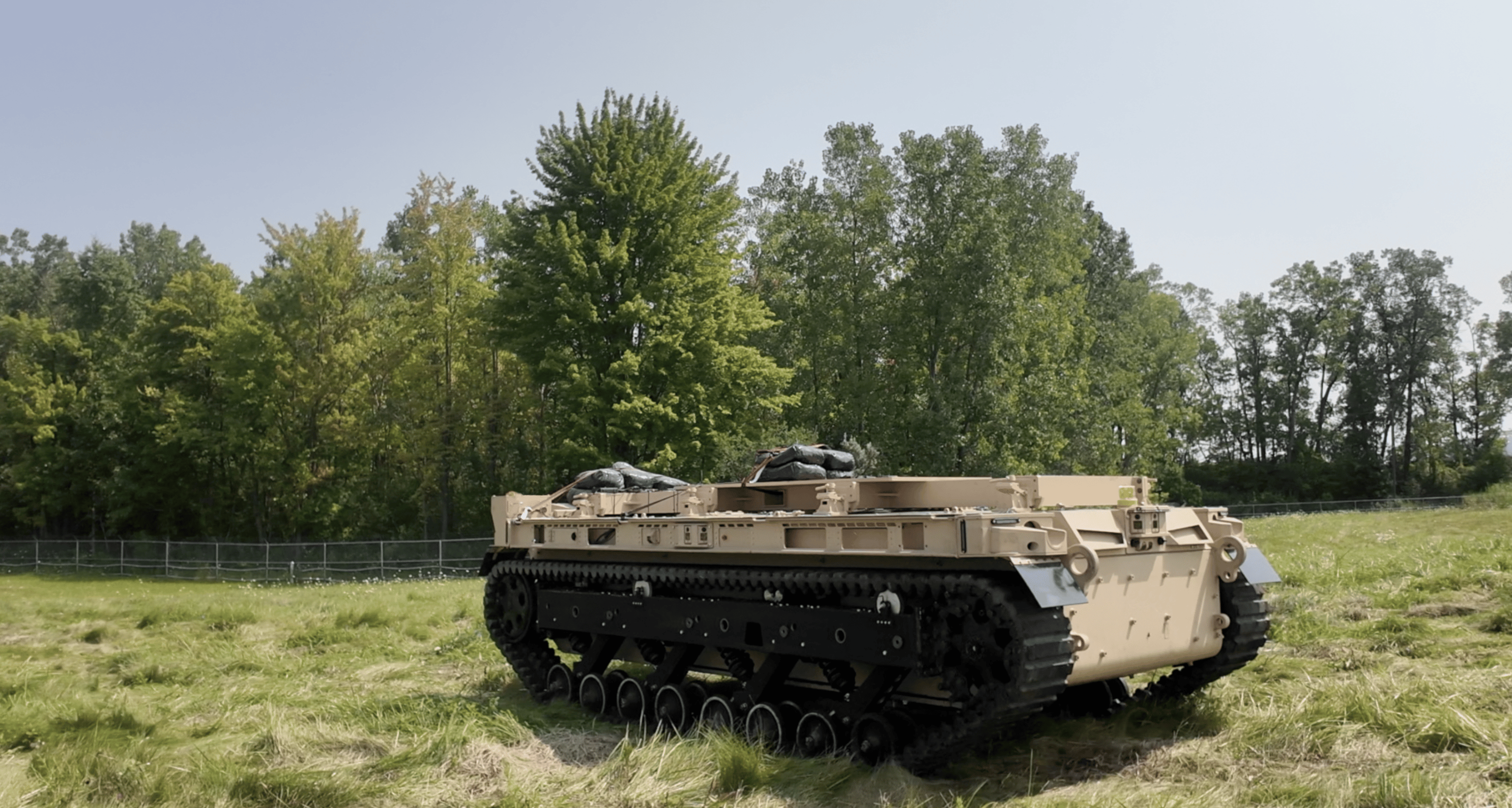SAE J1455 Environmental and Durability Testing for Military Vehicles
The SAE J1455 standard is a comprehensive testing protocol designed to evaluate the environmental durability of vehicles intended for military use. This test ensures that military vehicles can withstand harsh conditions such as extreme temperatures, sandstorms, mud, and water immersion while maintaining their operational integrity and safety standards.
SAE J1455 defines a series of tests aimed at simulating real-world operating environments to assess the vehicle's performance under various conditions. This includes high-temperature exposure, low-temperature endurance, salt fog corrosion testing, dust ingress resistance, and water resistance. The test protocol is crucial for ensuring that vehicles meet stringent military specifications and are reliable in operational scenarios.
The standard provides detailed guidance on specimen preparation, instrumentation requirements, and acceptance criteria to ensure accurate testing results. Compliance with SAE J1455 ensures that the tested vehicle models can withstand rigorous field conditions without compromising safety or performance.
Testing protocols under SAE J1455 are designed for various types of military vehicles such as armored personnel carriers (APCs), tanks, and support vehicles like ambulances and logistic trucks. These tests are essential to ensure that the vehicles meet operational requirements in diverse environments around the globe.
The primary focus of SAE J1455 is on durability testing, which includes assessing mechanical components, electrical systems, and overall vehicle integrity under severe environmental conditions. This ensures that military vehicles can perform reliably even when exposed to challenging field conditions during operations.
Scope and Methodology
The scope of SAE J1455 testing encompasses a wide range of environmental factors that can affect the performance and reliability of military vehicles. The test protocol is designed to evaluate how well the vehicle can withstand exposure to extreme temperatures, humidity, sand, dust, and water.
- High-temperature endurance: Testing in environments up to 60°C (140°F) to ensure components do not overheat and fail.
- Low-temperature tolerance: Assessing performance down to -30°C (-22°F) or lower, ensuring the vehicle can operate in cold climates.
- Salt fog corrosion testing: Evaluating resistance to salt spray, which is crucial for vehicles operating near coastlines or in maritime environments.
- Water resistance and immersion tests: Ensuring that the vehicle remains waterproof when exposed to rain, rivers, or other water bodies.
- Dust ingress tests: Measuring how much dust can enter the vehicle’s systems without compromising functionality.
The methodology involves placing the vehicle in controlled environmental chambers where it is subjected to these various conditions for extended periods. The testing process includes continuous monitoring of key performance indicators and data collection to ensure accurate results. Compliance with SAE J1455 ensures that vehicles are not only reliable but also safe and efficient under the most challenging operational conditions.
Industry Applications
| Environmental Factor | Description | Relevance to Military Vehicles |
|---|---|---|
| High-temperature endurance | Exposure to temperatures up to 60°C (140°F) | Ensures vehicles can operate in desert and arid regions. |
| Low-temperature tolerance | Exposure to temperatures down to -30°C (-22°F) | Achieves reliability in cold climates such as the Arctic or high-altitude regions. |
| Salt fog corrosion testing | Testing for resistance to salt spray environments | Promotes durability of vehicles operating near coastlines or maritime zones. |
| Water resistance and immersion tests | Evaluating the vehicle's performance in water bodies such as rivers, lakes, or oceans | Ensures vehicles can operate effectively during amphibious operations or flood scenarios. |
| Dust ingress tests | Measuring the amount of dust that enters the vehicle's systems | Achieves reliability in dusty environments such as desert regions and areas with high particulate matter. |
- Armored personnel carriers (APCs): Ensuring readiness for deployment in various climates.
- Tanks: Maintaining operational performance during extended missions in diverse terrains.
- Ambulances and logistic trucks: Guaranteeing safe and efficient operations under harsh environmental conditions.
The SAE J1455 testing protocol is essential for the military sector to ensure that vehicles can perform reliably in a wide range of operational environments. By adhering to this standard, manufacturers can guarantee that their vehicles meet the highest safety and durability standards required by the military.
Why Choose This Test
Selecting SAE J1455 testing is crucial for several reasons:
- Enhanced Reliability: Ensures that the vehicle can operate reliably in extreme conditions, reducing downtime and maintenance.
- Safety Compliance: Meets stringent military safety standards to protect personnel and equipment.
- Durability Assurance: Guarantees long-term performance of critical components under harsh environmental conditions.
- Operational Efficiency: Ensures that the vehicle can function effectively in diverse operational environments, improving mission success rates.
- Compliance with International Standards: Adherence to SAE J1455 aligns with global best practices and ensures interoperability with other military forces.
- Reduced Risk of Failure: Identifies potential issues early in the development process, reducing the risk of equipment failure during critical missions.
The comprehensive nature of SAE J1455 testing provides peace of mind for quality managers, compliance officers, R&D engineers, and procurement teams by ensuring that vehicles are robust and reliable. This standard is a vital part of the vehicle development process in the military sector, ensuring that the equipment meets operational requirements.





